Research conducted on genetic material found in anancientMayacisternrevealed a practice ofchild sacrificefocused exclusively onmales with close kin relationships, challenginglong-held beliefsthat the Maya preferred women for these sacrifices.
HighlightsA new study has revealed a practice of child sacrifice in ancient Maya society that focused on male children with close kin relationships.Genetic analysis showed that many of the sacrificed boys were closely related, including pairs of identical twins.The practice likely mirrored the myth of the Hero Twins from the sacred Popol Vuh.
Now, an international team of experts foundDNA evidencepointing to the sacrifices of young boys, a discovery that sheds light on the poorly understood practice of ritual killing.
Chichén Itzá was a populous and powerful political center during the AD 800–1000 period. The city is “best known for its extensive evidence of ritual killing, which includes both the physical remains of sacrificed individuals and representations in monumental art,” reads anews releaseannouncing the findings.
A new DNA study on 64 samples of human remains has revealed a practice of sacrificing young boys, including twins, in the ancient Maya city of Chichén Itzá
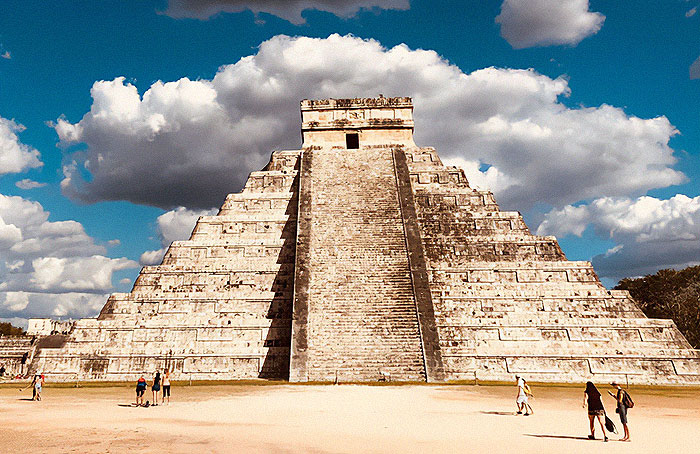
Image credits:Johannes Krause
The dredging of the Sacred Cenote, a large natural sinkhole in the city, previously identified the remains of hundreds of individuals, including many children and adolescents.
In 1967, a subterranean cistern near the cenote filled with the remains of more than 100 young children was found.
While researchers used to believe the sacrificed individuals were girls and young women, the team behind the new study concluded that all the remains were those of male children after conducting an “in-depth genetic investigation” of 64 individuals.
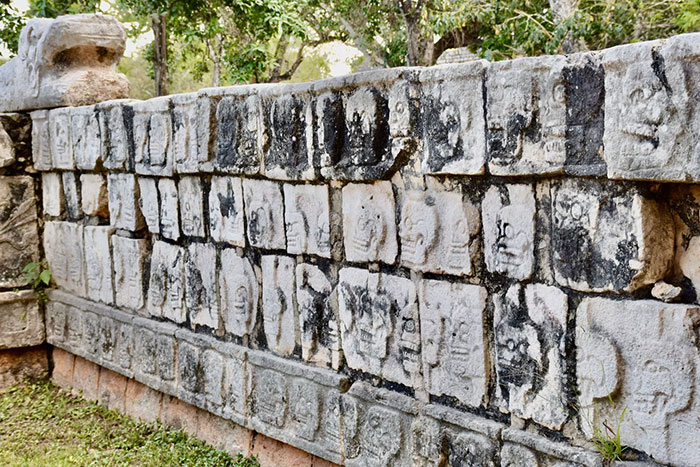
Most of the children were buried during the 200-year period of Chichén Itzá’s political apex between AD 800 and 1,000, according to the study published in the journalNatureon Wednesday (June 12).
Genetic analysis revealed that the sacrificed children had been drawn from local Maya populations, and they were closely related: at least a quarter of them had been a brother or cousin to another boy buried in the cistern.
The young relatives had consumed similar diets, suggesting that the boys had been living in the same household prior to being sacrificed.
Considering these factors, researchers concluded that the boys were “likely being selected in pairs” for the rituals and that the cistern, orchultún, served as a post-sacrificial burial site.
The human remains were found in an underground cistern, orchultún, near the Sacred Cenote, a large natural sinkhole in Chichén Itzá
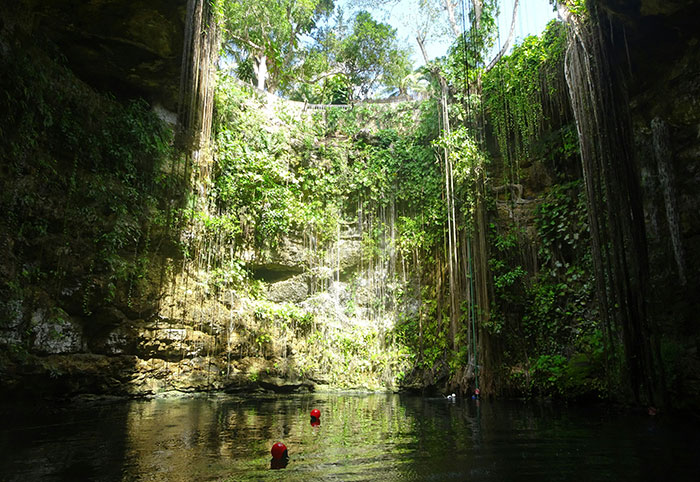
Image credits:Laura LaBrie/Unsplash (Not the actual image)
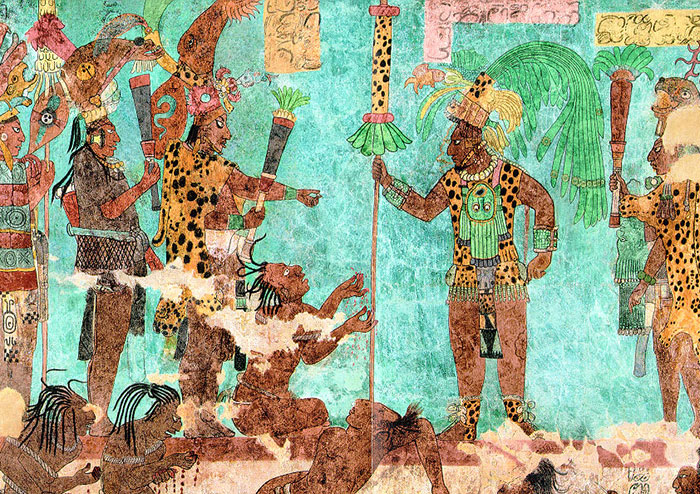
Image credits:Mayan Timeline
The team reached another unexpected conclusion after analyzing the human remains: among them were those oftwo pairs of identical twins.
Twins hold a special place in the origin stories and spiritual life of the ancient Maya, the news release states.
“They may represent complementary forces, like, for example, the moon and the sun,” ArchaeogeneticistRodrigo Barqueraof the Max Planck Institute for Evolutionary Anthropology in Germany and lead author of the study toldBored Panda.
“These dynamic, antagonist forces are very common in many cultures all over Mesoamerica and beyond. However, other authors note that the twins are often depicted as corn stalks, so they may be related to the maize deities.”
Researchers believe there is a connection between the ritual sacrifices of the boys and the sacred myth of the Hero Twins
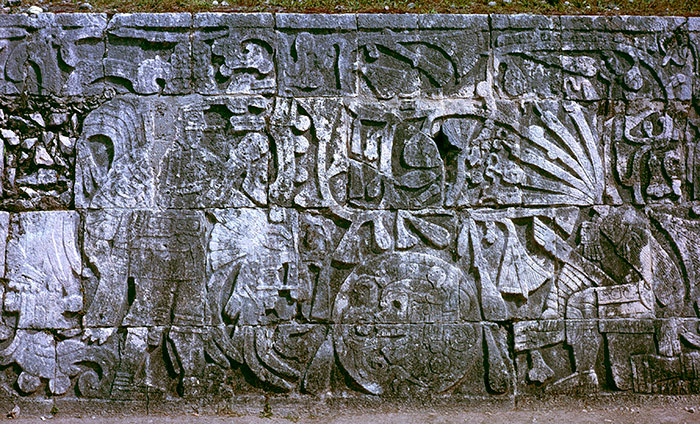
Image credits:HJPD/Wikimedia Commons
Stories of twin sacrifices are included in theK’iche’ Mayan Book of Council,known as thePopol Vuh, a colonial-era book whose antecedents can be traced back more than 2,000 years.
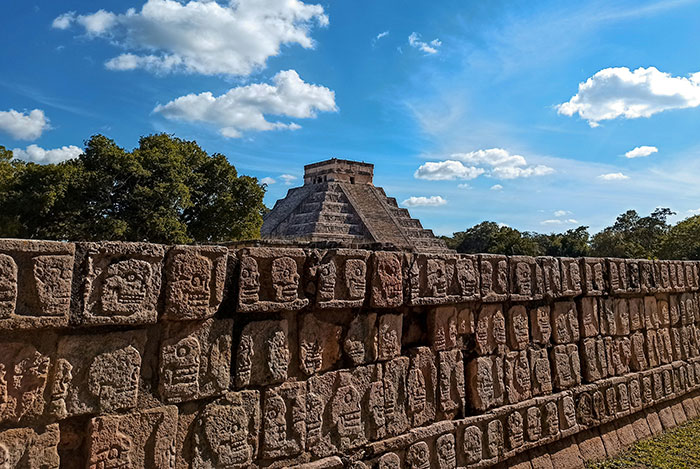
Image credits:Alexis Mora/Unsplash
But why did the Maya perform sacrifices? While these bloody offerings serve multiple purposes in different societies, researchers have identified a few main, recurrent functions, Barquera says.
“Asking for favors or success, asking for forgiveness, thanking for a positive outcome, or paying tribute to a historical or mythological figure. In this case, we think the latter may be one of the explanations for this specific ritual burial.”
At Chichén Itzá, underground structures like the chultún were viewed as entrances to the underworld.
This seems to indicate a connection between the sacrifices of twin boys and close relatives in ancient Maya life and the stories of the Hero Twins, two central figures in the sacredPopol Vuh.
“These dynamic, antagonist forces are very common in many cultures all over Mesoamerica and beyond,” explained the lead author of the study, Rodrigo Barquera
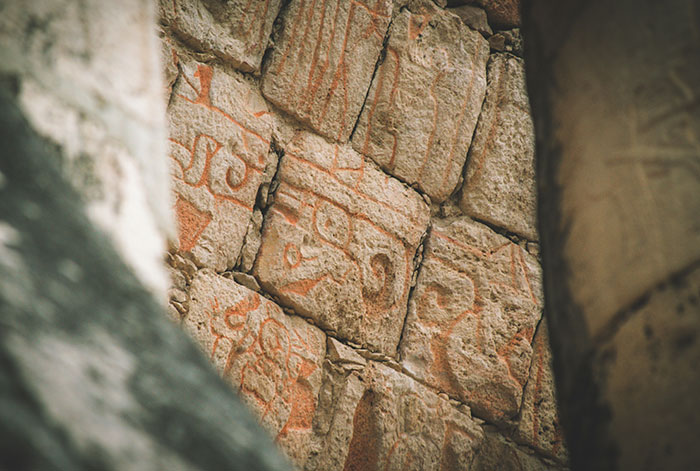
Image credits:Myriam Olmand/Unsplash
Scientists have yet to determine the cause of death of the sacrificed individuals since there are no visible human-made marks on the bones recovered from the cistern.
ThePopol Vuhisn’t the only narrative to mention the sacrifice of close relatives.
“Among Maya, bloodletting rituals, often involving close family members, are recorded as part of rituals.”
People reacted to the surprising findings, expressing shock and curiosity






 You May LikeJack The Ripper’s Identity Revealed After 130 Years Thanks To DNA TestingLei RVHusband Defends “Incredible Mother” Who Shot Her Four Daughters And Then Herself: “Sick And Wrong"Lei RV“How Is This Even Possible?”: People In Disbelief After Seeing Detroit Neighborhood FrozenRenan Duarte
You May LikeJack The Ripper’s Identity Revealed After 130 Years Thanks To DNA TestingLei RVHusband Defends “Incredible Mother” Who Shot Her Four Daughters And Then Herself: “Sick And Wrong"Lei RV“How Is This Even Possible?”: People In Disbelief After Seeing Detroit Neighborhood FrozenRenan Duarte
Lei RV
Renan Duarte
News